Sergei Diaghilev had an extraordinary life.
Born in 1872, he grew up in the remote city of Perm near the Ural Mountains in central Russia.
He was the son of a bankrupt industrialist, worked as an art critic/curator throughout most of his twenties and thirties, and went on to found one of the most iconic ballet companies of the 20th century, the Ballets Russes.
One of Diaghilev’s greatest qualities was his capacity to secure sponsors and facilitate collaborations between leading figures across the Arts.
The dozens of innovative pieces performed by the Ballets Russes between 1909 and 1929 were created by teams of acclaimed choreographers, composers, and artists.
For example, the concept of Parade (1917) was created by Jean Cocteau, the costumes and sets were designed by Picasso, and the music was composed by Erik Satie.
The costumes for one of their other most famous pieces, Le Train Bleu (1924), were designed by Coco Chanel.
I particularly love the knitted swimwear, knee-length tennis dresses, and striped golfing jumpers that she created for this production.
They look so stylish and modern!
Although dancers in the Ballets Russes (e.g. Vaslav Nijinsky) had been traditionally trained, their performances fused classical ballet with danse plastique (free dance).
The expressive style of their productions was liberating to younger audiences, and had a huge impact on later choreographers.
The founder of the Rambert dance company, Marie Rambert, was, for example, originally a member of the Ballets Russes.
Of the spellbinding array of dance pieces they created, my favourite is The Rite of Spring.
It’s a depiction of an ancient pagan ceremony - a sacrificial offering to the local spirits/gods.
With its menacing drumbeats overlaid with intense strings of notes and sudden bursts of sound, the music - which was composed by Igor Stravinsky - is hypnotic and powerful.
As if possessed by Dionysian forces, the restless worshippers weave back and forth; trance-like; jumping rhythmically and twisting violently; swinging between phases of ecstatic delirium and states of quietude and peace.
By the end of the final Act, the terrified young character offered as a sacrifice is frozen with fear and encircled by wild figures - who close in on her like crazed maenads.
Even for contemporary audiences, it’s a visceral and shockingly powerful ballet, and the original production was seen as outrageously subversive.
The opening performance in Paris on 29th May 1913 triggered a riot!
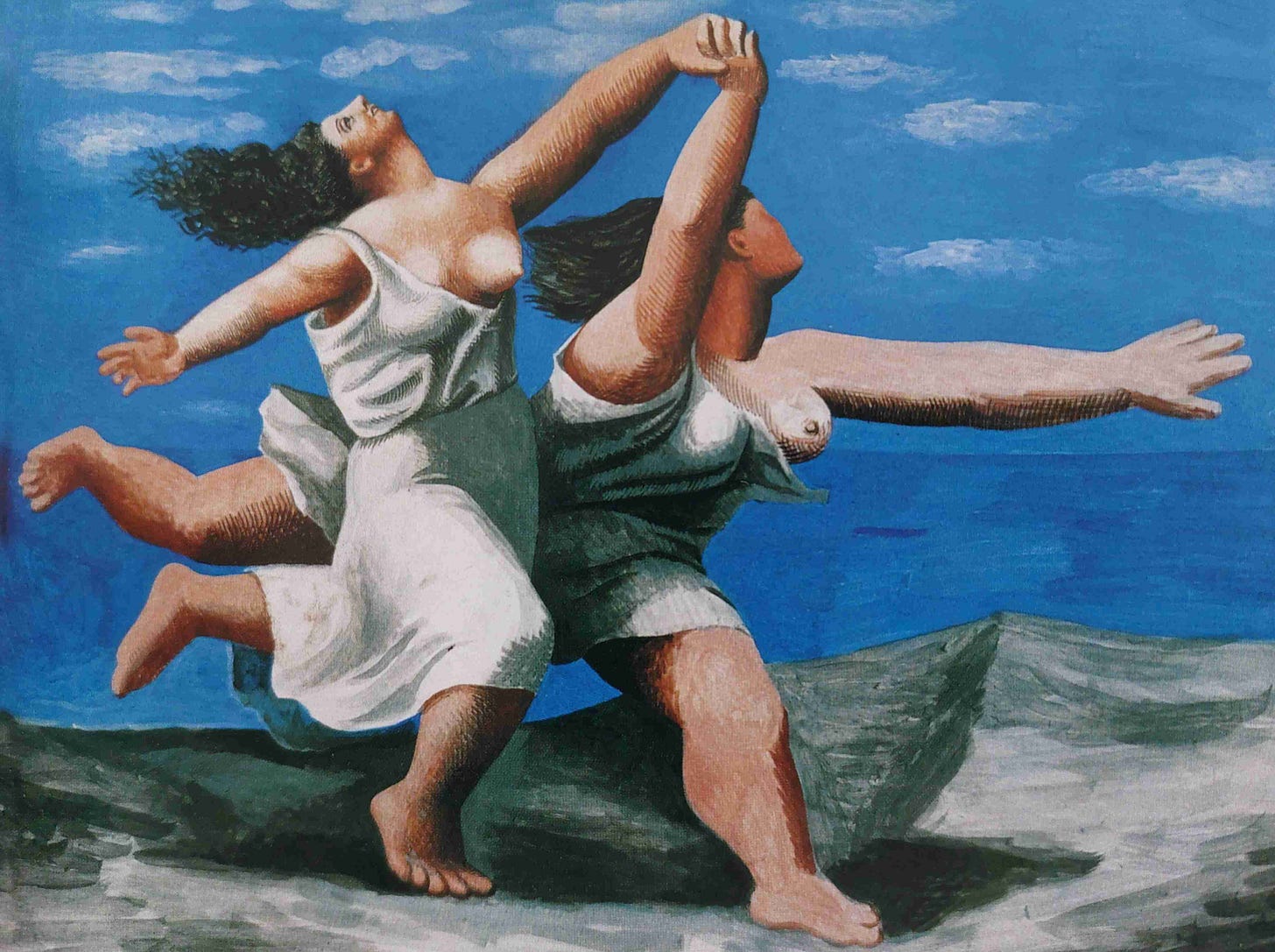
Diaghilev was famously demanding, but he was a truly brilliant promoter and producer.
He was a key player within the network of pioneers and radicals who transformed 20th century culture and reshaped public attitudes to the Arts.
James Lee © 2024

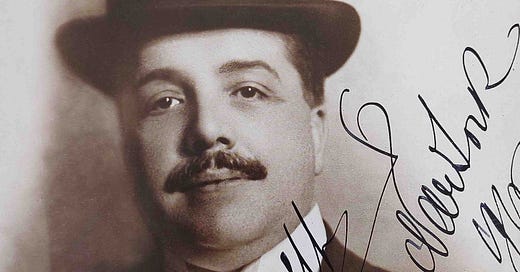



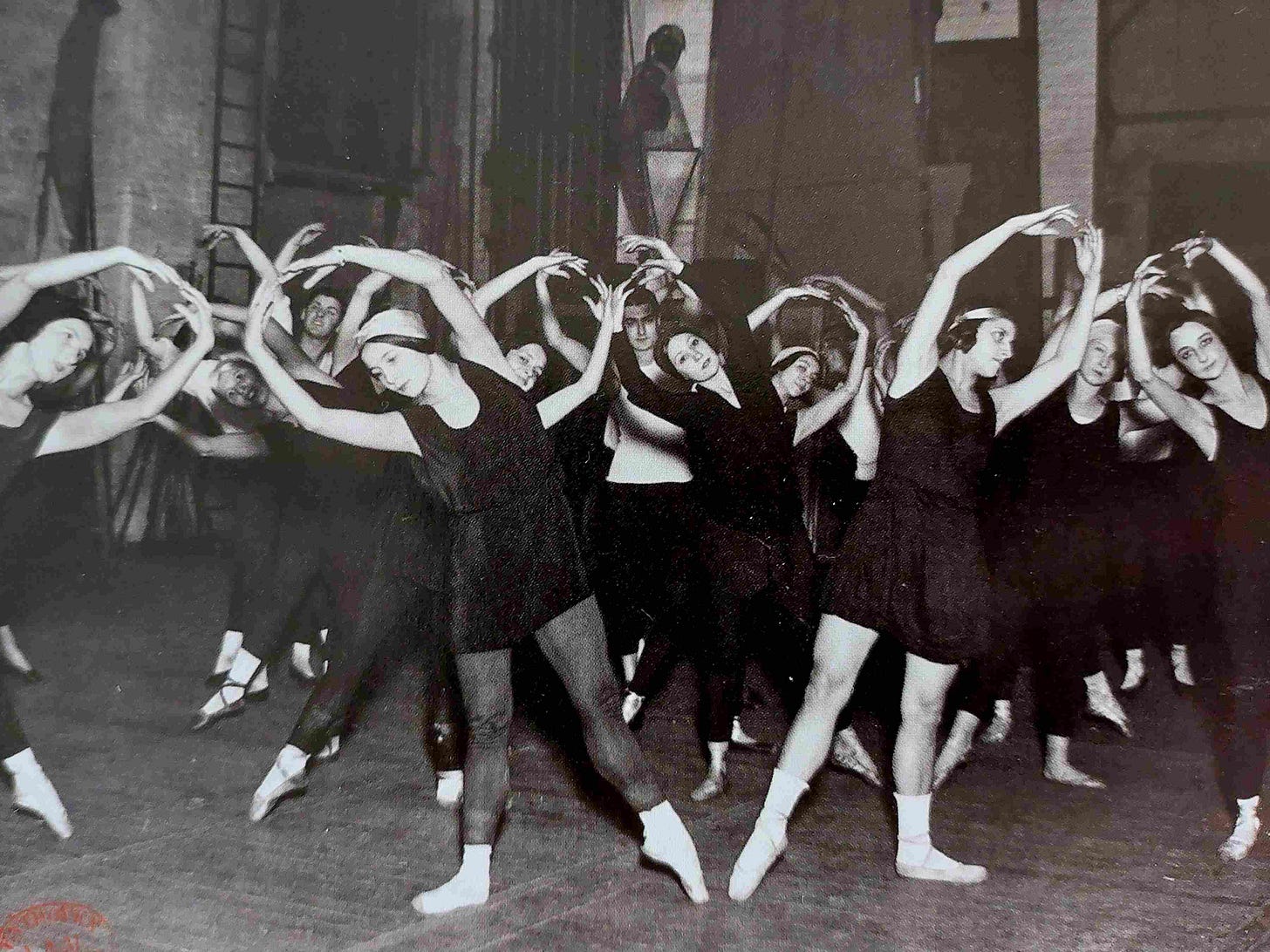
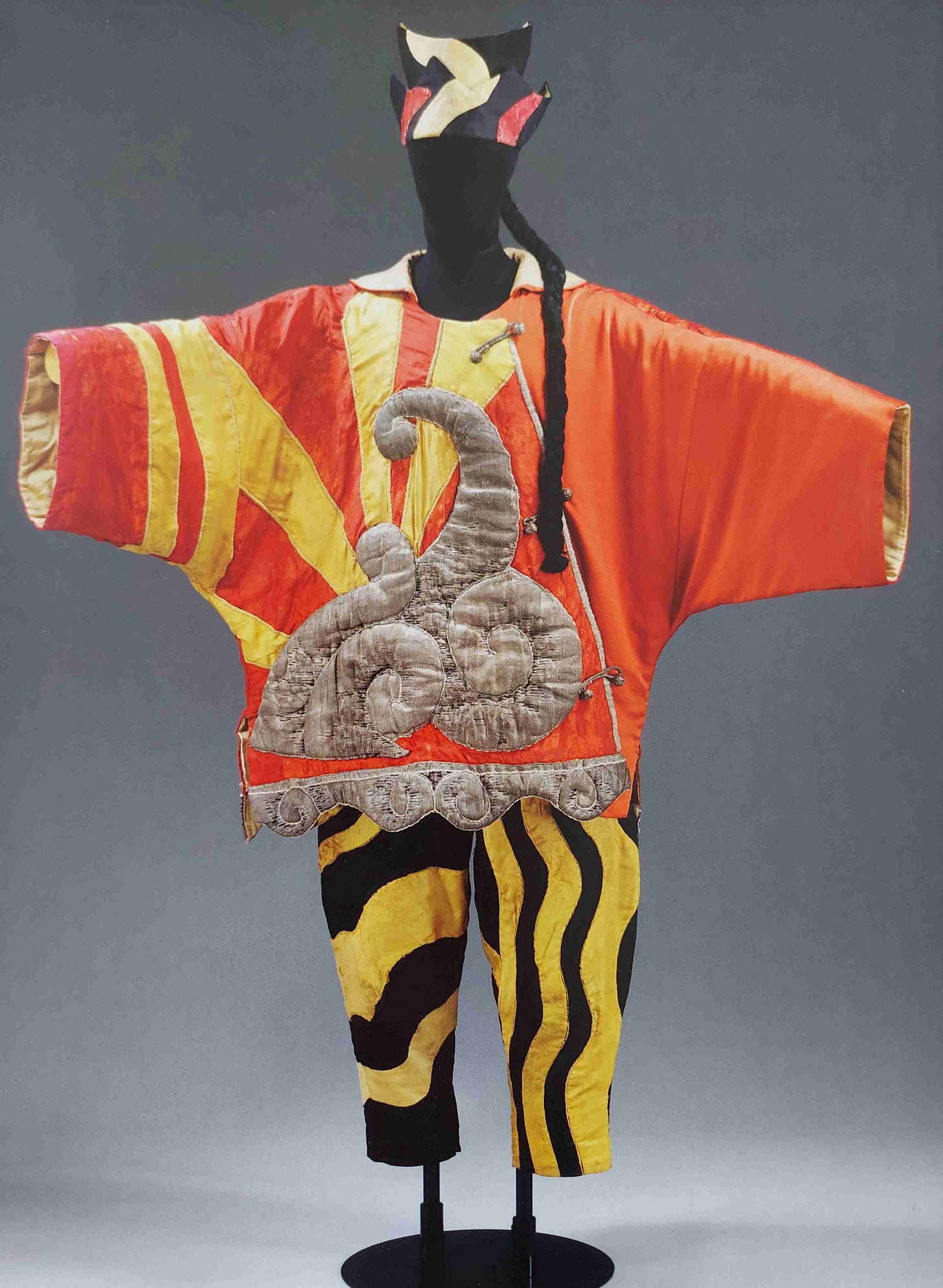
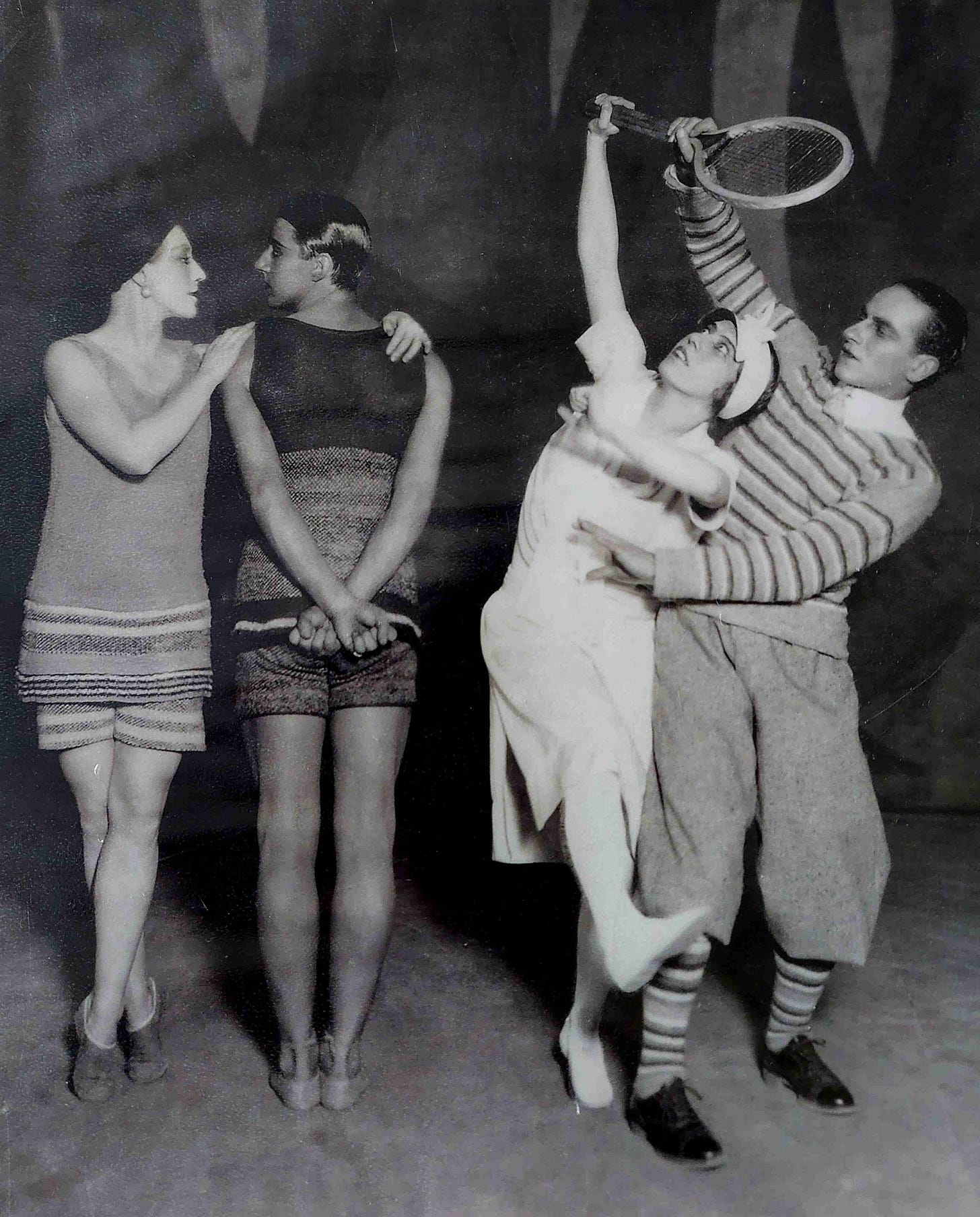
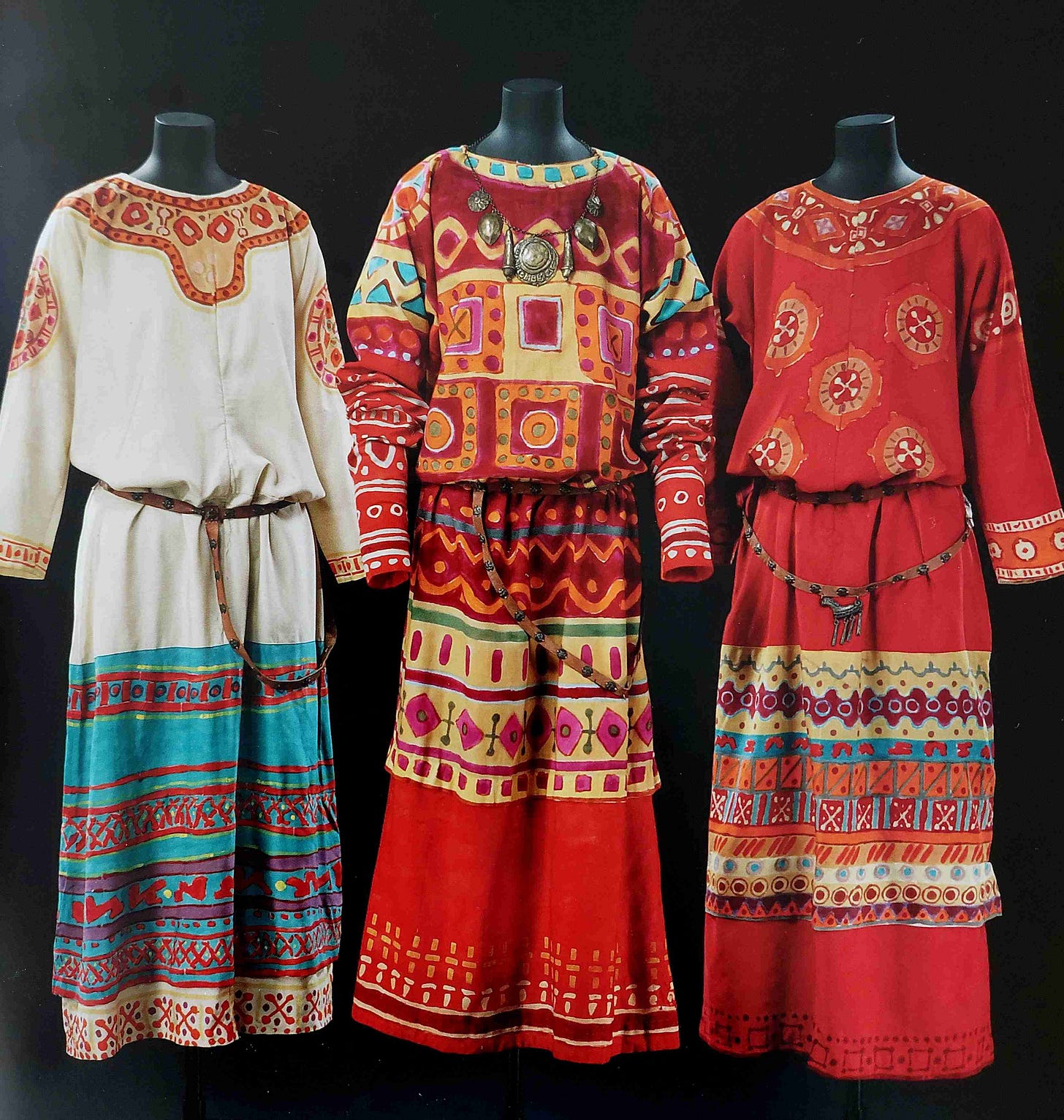
What an innovator. The Wadsworth Atheneum in Hartford, CT, owns a Ballets Russes collection, and some of it was on display when we visited in 2019. I remember costumes Nijinsky wore. He was so tiny.
I saw Matisse's costume and set designs for Le Chant du Rossignol in Tokyo recently and they were remarkable. It's incredible, the talent that Sergei Diaghilev was able to bring together.